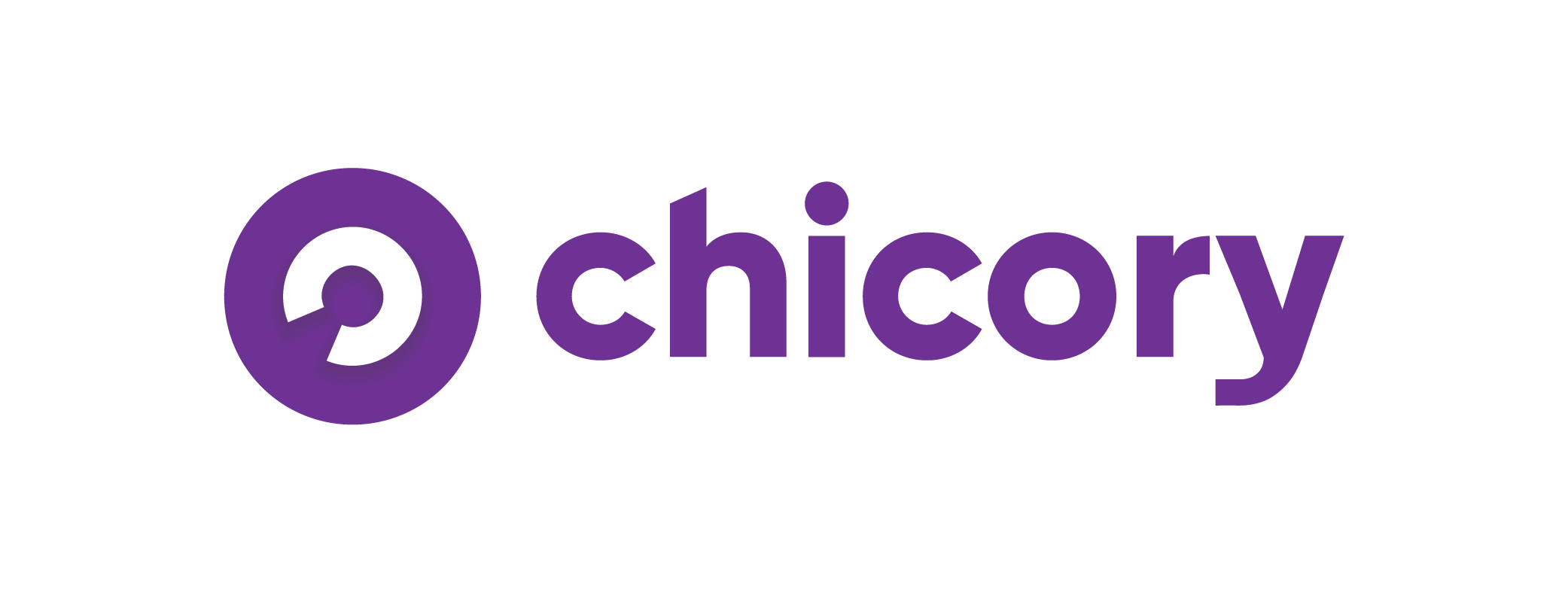Sales 101 for Startup Food Brands
If you're an up-and-coming food brand, you've got to wear a lot of hats. And perhaps, more than any other hat, the sales cap seems to get pulled out of the closet more often than others. Sales are crucial for growing food brands and if you ever want to make a living at this endeavor, it's time to whip your one-person sales strategy into shape. As a general rule of thumb, you'll need distribution within 1,000 grocery stores to start if you ever want to consider profitability.
Whew! Time to get started…
As someone who's worked on the sales teams of larger companies, led startup sales growth initiatives, and built a food brand from the ground up myself, I know what it takes to get a sales strategy under way. So I've put together a list of my first steps and favorite tools--consider it your Sales 101 course as you get your food brand off the ground!
Sales Mapping
Know who you are selling to! If you're a food brand with the strategy of getting into brick-and-mortar retailers like Whole Foods and/or Walmart, you have a couple customers to keep in mind. You're not only nor directly selling to consumers, but you're selling to grocery stores in order to get distribution. You’ll need to develop strategies for both and treat them very differently. It helps to create categories of retailers by a tier system and prioritize them. The way I did this was classifying every local bodegas or independent store as Tier 4. Then ranked upwards from there, with Walmart and Target being Tier 1. I would split my time evenly amongst tiers until you see which is driving the best results and re-prioritize and adapt quickly.
Emails
Email is going to be your first major tool for getting your sales strategy under way. You want to make sure you stay organized, keep the volume of outreach manageable, and make sure you're following all the rules of email best practices (don't blast, make sure you're personalizing your messages...). There are a lot of tools to help keep you performing at peek email capacity.
Programs like MixMax, Yesware or Streak can help you optimize your email tactics in a number of ways. Features include automated email sequences, the ability to know if and when someone opens your email, and templated responses with personalization capabilities. Getting data on your emails (open rates, click rates, etc.) will help you know what language works, when to follow up and more. They all offer an email “snooze” function as well. Let’s say a buyer says to reach back out to them in 3 months. Simply hit the snooze on that month and you’ll have a reminder hit your inbox then. Most of these tools offer 30-day free trials and low intro level monthly subscriptions so you can test out a few and see what works best for you.
Phone Calls
While email may have replaced the straight up cold call of yesteryear, phone calls still definitely have a place in your plan. Everyone is busy and if you're calling them and lucky enough, have a game plan so that you stay on this person's good side and hopefully build a beneficial business relationship.
Start by addressing, first thing, that you're aware they must be in the middle of something. Ask if you could schedule 15 minutes for a time that works for their schedule. Make your call short and sweet. If they don't pick up, leave a voicemail. Right after you leave a voicemail, follow up with an email with the subject line, “per my voicemail….” This way you're hitting them twice and both in ways that feel polite, yet forward. If you're a buyer for Whole Foods, you get 25 new business calls a day of this very nature. You'll find that they appreciate when you acknowledge that their time is valuable and remain patient while waiting to hear back.
CRM (Customer Relationship Management)
When you start, Google Docs are your best friend. Start a Google Sheet called CRM and list out every potential customer on it. You'll need to list out not only Whole Foods Market, but every Whole Foods location. List out the buyer's first and last name, email, phone number and any notes that are relevant. Most buyers work random hours, so if you find out John Smith, the buyer at that one location works 6am to 2pm Saturday through Wednesday, make a note so you know when best to email or call them.
Keep updating that file and taking extensive notes. The more you know about a person's schedule, lifestyle and preferences, the better equipped you are to get their attention and close a deal. Remember: a good sales strategy comes down to building relationships.
Once you feel like you've outgrown Google Docs, move onto a tool like HubSpot's free CRM or SalesForce if you have the budget for it!
Building a business takes time and making sales often feels like a slog. But the more organized you can be, and the more you treat these opportunities like relationships, the more rewarding each and every sale feels. Now get out there and get your product on those shelves!
